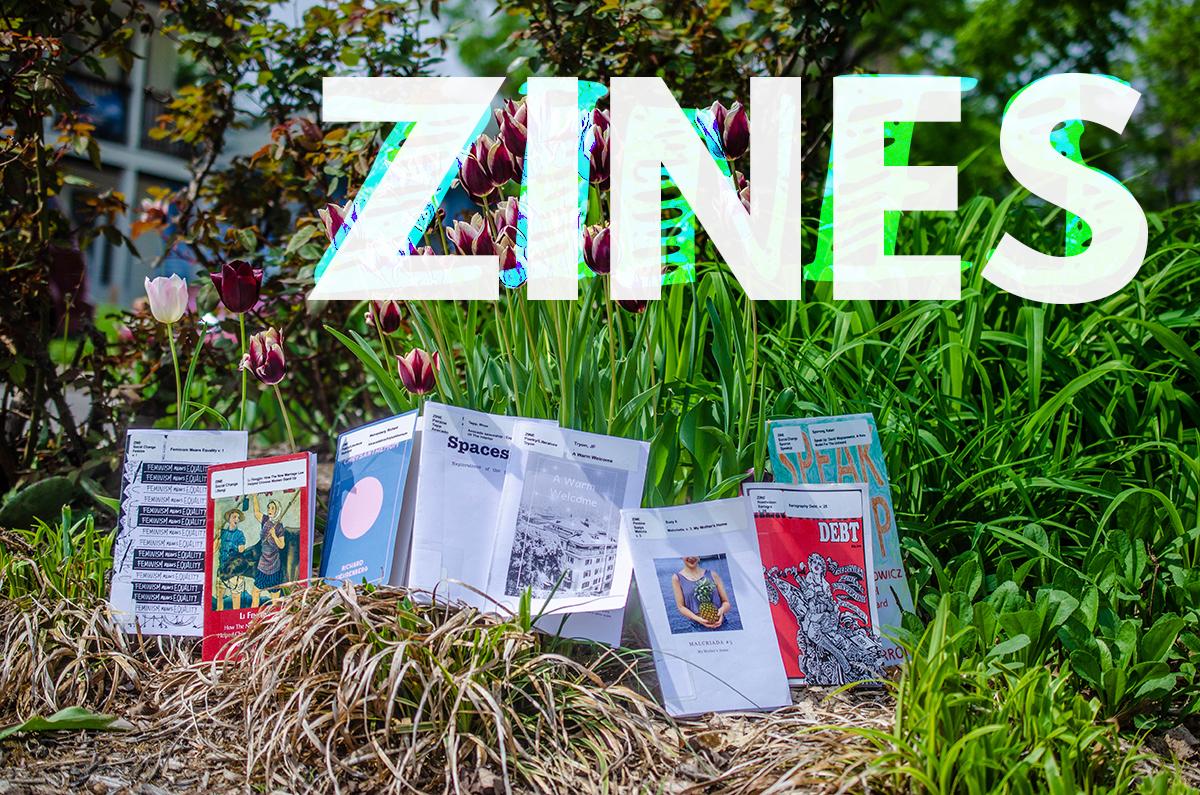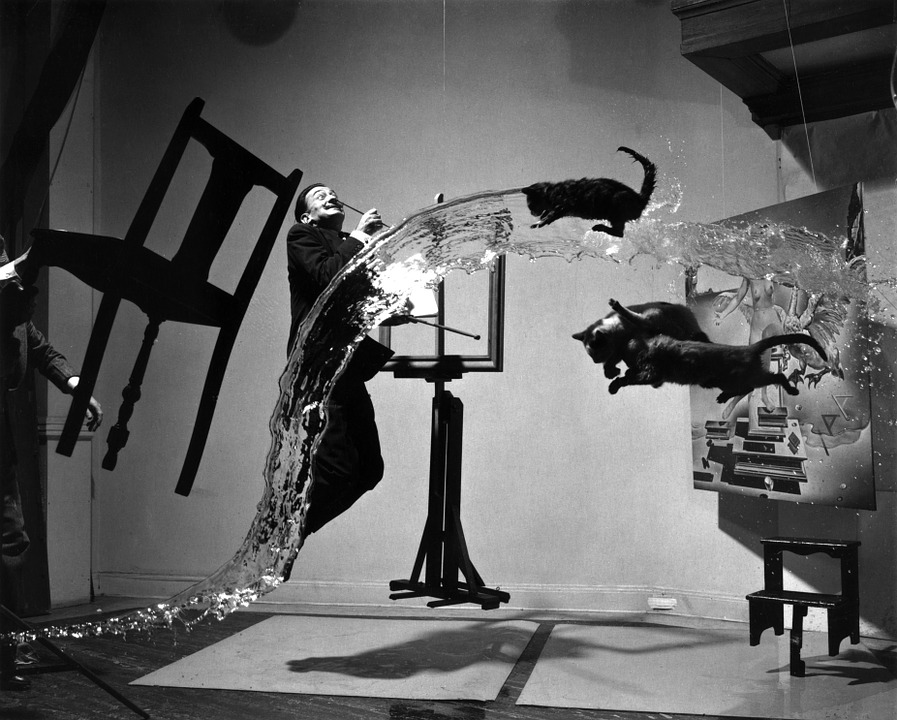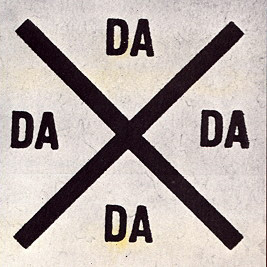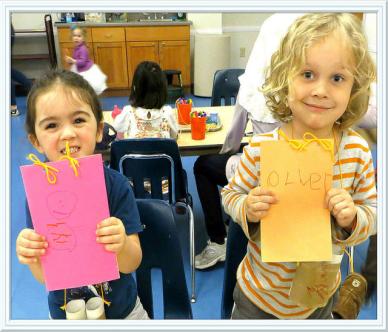Zines? In My Library?

This year the Library launched a circulating collection of zines, the seeds of which were donated to the Library through the generosity of Boxcar Books. This collection continues to grow through purchases and donations and is now comprised of almost 400 titles.


 "Beautiful like the chance meeting on a dissection table of a sewing machine and an umbrella." —Compte de Lautréamont
"Beautiful like the chance meeting on a dissection table of a sewing machine and an umbrella." —Compte de Lautréamont
